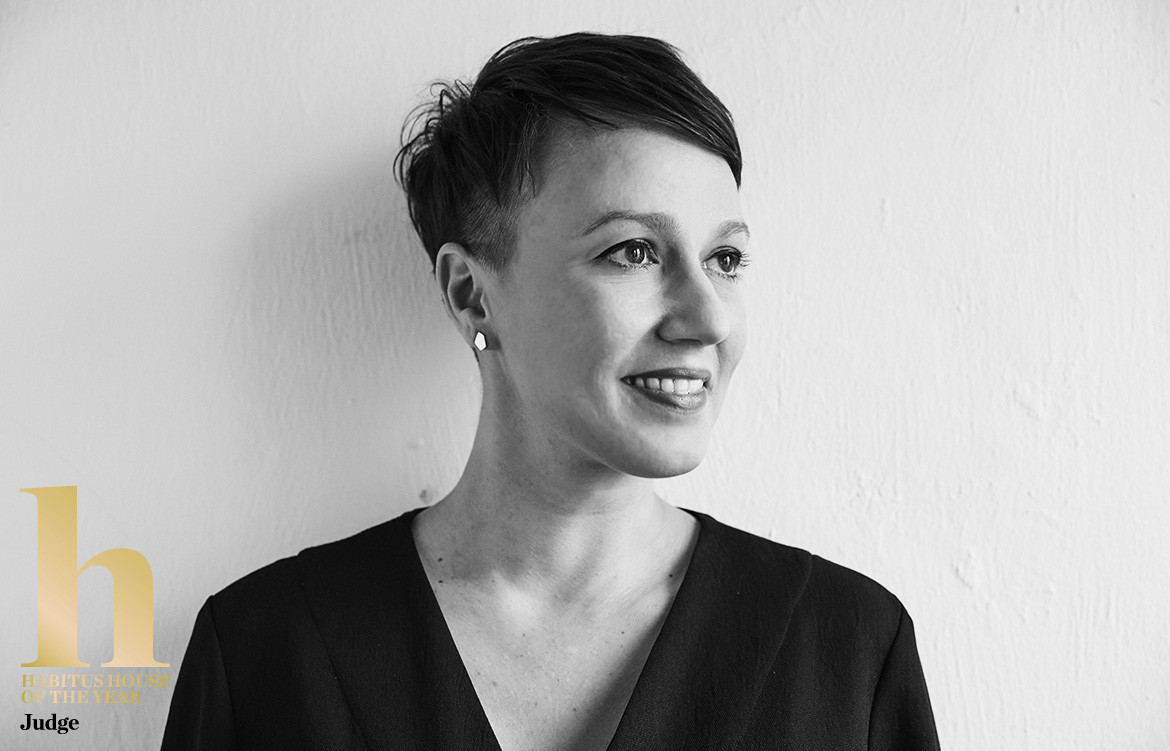Overseeing a suite of titles across Asia Pacific, Narelle Yabuka has a unique insight into the specificities of architecture and design across the region. Since her start in architectural publishing in 2002, she has seen a significant shift in the way we approach new projects, a departure from the so-called “import model” of design that is allowing APAC’s local talent to shine more brightly. “Back then I saw an international character dominating the work – especially in Singapore,” she reflects, “But since then, there has been a kind of consolidation of identity and an embrace of architecture and design that speaks more to place.”
This embrace is telling; it marks a move away from “vacuum-sealed air-conditioned life” as local designers and architects – and their clients – explore, as Narelle notes, “a willingness to live with a closer relationship to climate”. With this comes a far greater diversity of aesthetic and planning approaches, a region-specific mode of design reflecting the particularities of Asia Pacific that are best understood by the architects and designers who call it home.
Indeed, this innate understanding of geography and lifestyle is bringing with it a new age of architecture. The “boldness and originality of form” that Narelle identifies as central to the region is manifesting itself in increasingly exciting ways. Homes are continuing to explore a “more porous architecture” that encourages the kind of green living that synchronises built environments with the wider ecosystem.
Within this broad, tropical-inspired aesthetic, Narelle points to key differences and quirks that separate countries from each other, producing the kind of eclectic range in design and persuasion that continues to distinguish Asia Pacific from its global neighbours. There is, as Narelle says, “an incredible complexity in this part of the world, with extremes of economic and development status, cultural tradition, climate and modes of practice and construction. Meticulously planned and preened Singapore can feel a world away from congested Jakarta or Ho Chi Minh City with its rapid development challenges.”
Within these complexities, nuances are born; design signifiers that grow into narratives, feeding into the way we understand spaces themselves. From Singapore’s “city in a garden” to the open-plan pavilions that continue to inform Indonesian residential design, architectural directions become intrinsic to the way places form in our minds, a subconscious reckoning that cannot separate countries, cities and suburbs from the buildings they contain.
These narratives are made all the richer by new outlooks and fresh perspectives. When we asked Narelle about shifts in development practices across the region, she told us of a new undercurrent where second-generation developers across South-East Asia are becoming increasingly “keen to prioritise a sense of place and a community spirit over return on investment.”
This responsibility to place carries through to Narelle’s own reporting in the region – being the product of an editorial mindset that is deeply informed by a rich diversity. Identifying that the “complexities of this region generally need to be more deeply investigated and communicated by those outside it,” Narelle endeavours to get writers on the ground, tapping into the contextual realities that can’t be captured in photographs and architectural plans.
As we look towards Habitus House of the Year, this specificity to place remains front-of-mind. As a member of our inaugural jury, Narelle will be looking to reward thoughtfully designed houses that speak to their environments. These will be projects that show “consideration of how we live within our communities,” while making the best use of construction parameters and materials. And of course, homes that respond intelligently to their climates, surroundings, and the people who call the house a home.
For more information on Habitus House of the Year and to view the full shortlist of unique projects in the running for this year’s prize, pre-order your copy of Habitus issue 41 and subscribe to our newsletter today. Read more about Habitus House of the Year here.
We would like to extend a special thanks to our Major Sponsors for their support in the inaugural year of the Habitus House of the Year initiative. Thank you to StylecraftHOME, Sub-Zero Wolf and ZIP Water.

